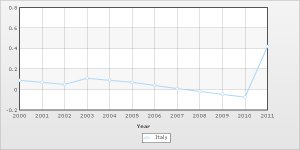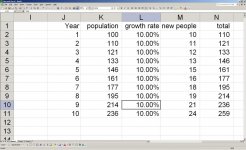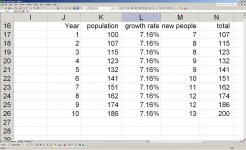Etrusco-romano
Regular Member
In the first century AD the Italian population was male (the Augustan census) 4,937,000 people, so the total population ranged from 10/12 million. However, according to the demographic department of the CNR (National Research Center), the Italian population has never fallen below the 4 ½ million people, otherwise this day our people would suffer from diseases related incest and the lack of genetic variability, race poverty.




